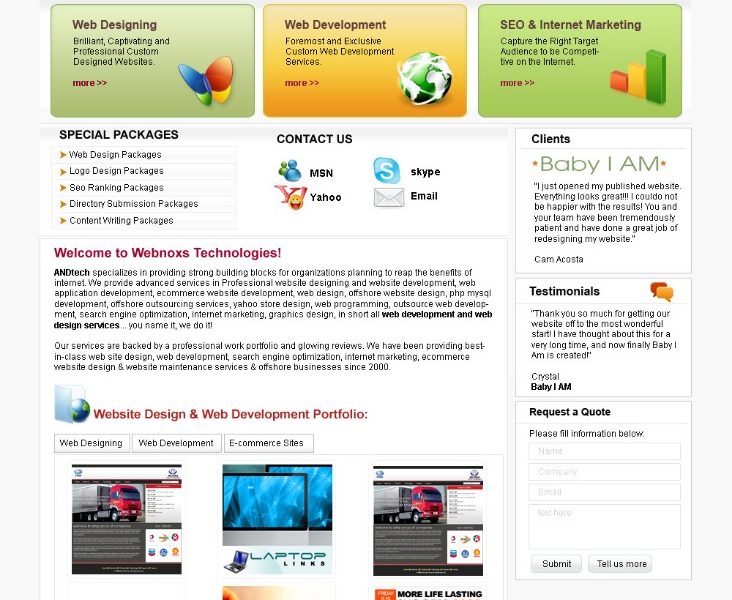
27 Research-Backed Web Design Tips: How to Design a Website That Works
Learn how to apply the principles of user-centered design in the course Web Design for Usability. In this video, CEO of Experience Dynamics, Frank Spillers, explains the advantages of adaptive design through a real-life scenario. The best articles from this blog are available all in one place – our book. The easier it is the read, the more successful the website will be. Long sentences and fancy words force the temporal lobe to work harder.
Fonts can impart different tones or emotions as well as affect readability. If you’re learning about web design, knowing how to use typography is essential. Of course, UI is a vast subject that can’t be captured in just a few paragraphs. We suggest you check out the blog post 10 essential UI (user interface) design tips as a primer to UI. Prototypes can have different levels of fidelity but act as a representation of a functioning design. Images, interactions, content, and other important elements are all in place and replicate the real-world design. Prototypes are used to get feedback and fine-tune a design throughout the process.
“I like clean, modern designs.” That’s what most of our clients tell us when we begin web design projects. They surveyed their audience, discovered their top questions and concerns, and built a tall page that addresses everything.
Think of a hosting company as a digital landlord that provides digital space for you to lay out your wares and market them to the public. In fact, in 2016, the UN General Assembly declared internet access a human right. That means a well-designed website is crucial for any company looking to reach a wider audience and attract more customers. Thanks to a plethora of internet tools, you don’t even need coding knowledge to know how to design a website from the ground up. Tackle them one at a time and start with technologies that are the most directly related to the work you do. If you have a website with online chat, start by learning about bots. Or if you use a lot of video content, play around with 360-degree video.
This simplest form of design will give you an idea if something works as a concept before you move on to finalizing it. There are a ton of classes available – in-person and online – for you to learn web design basics. Start with a local college or online learning hubs such as Udemy or Coursera. Pick up a class at your current ability level and just keep moving forward. Look at how they are designed and coded to get a feel for how it all comes together.
A well-known website-building tool, Wix is the best choice for web designers who are not well-versed in coding. You can use a simple drag-and-drop feature to create a layout of your choice. Several key assets of your brand, such as the logo, color scheme, and fonts can ensure your audience remembers your brand and easily differentiates it from thousands of others. A professional web designer takes into account all the unique aspects of your business and blends them into your website to add to your brand credibility and portray consistency. Web designing has a variety of elements that are capable of bestowing your website with better Google rankings. Some of these elements include readability, mobile-friendliness, website speed, sitemaps, URL structure, and website navigation.
FTP Client Essentials: Discovering the Best FTP Clients for File Management
Read more about web hosting here. This technique can provide more data-driven insights into what works and what doesn’t. However, ensure to test one design element at a time so that it’s easier to pinpoint which aspect is affecting the outcome. Implementing a mobile-friendly website design is crucial, as half of all internet traffic originates from mobile devices. Ignoring this aspect can cost you a sizable portion of potential visitors.
Use arrows as visual Cues
To start, you should experiment with design software, such as Adobe Photoshop, Sketch, and Illustrator, to acquire design skills. With these tools, you can learn how to combine fonts, colors, patterns, and white space for eye-catching web design. These types of software also help with tasks like photo modification, logo design, and website layouts (called mockups). Web designers take what’s conceptual and translate it into visuals.
Front-End Web Development Languages
Content at the top may be visible, it’s not necessarily going to be the most effective place to put your calls to action. Here is our best advice, ideas and inspiration on how to design a website that gets results.
A good site design should focus on user-friendliness, organized structure, readability, aesthetic consistency, and speed optimization. Consequently, it significantly influences a site’s growth and success.



